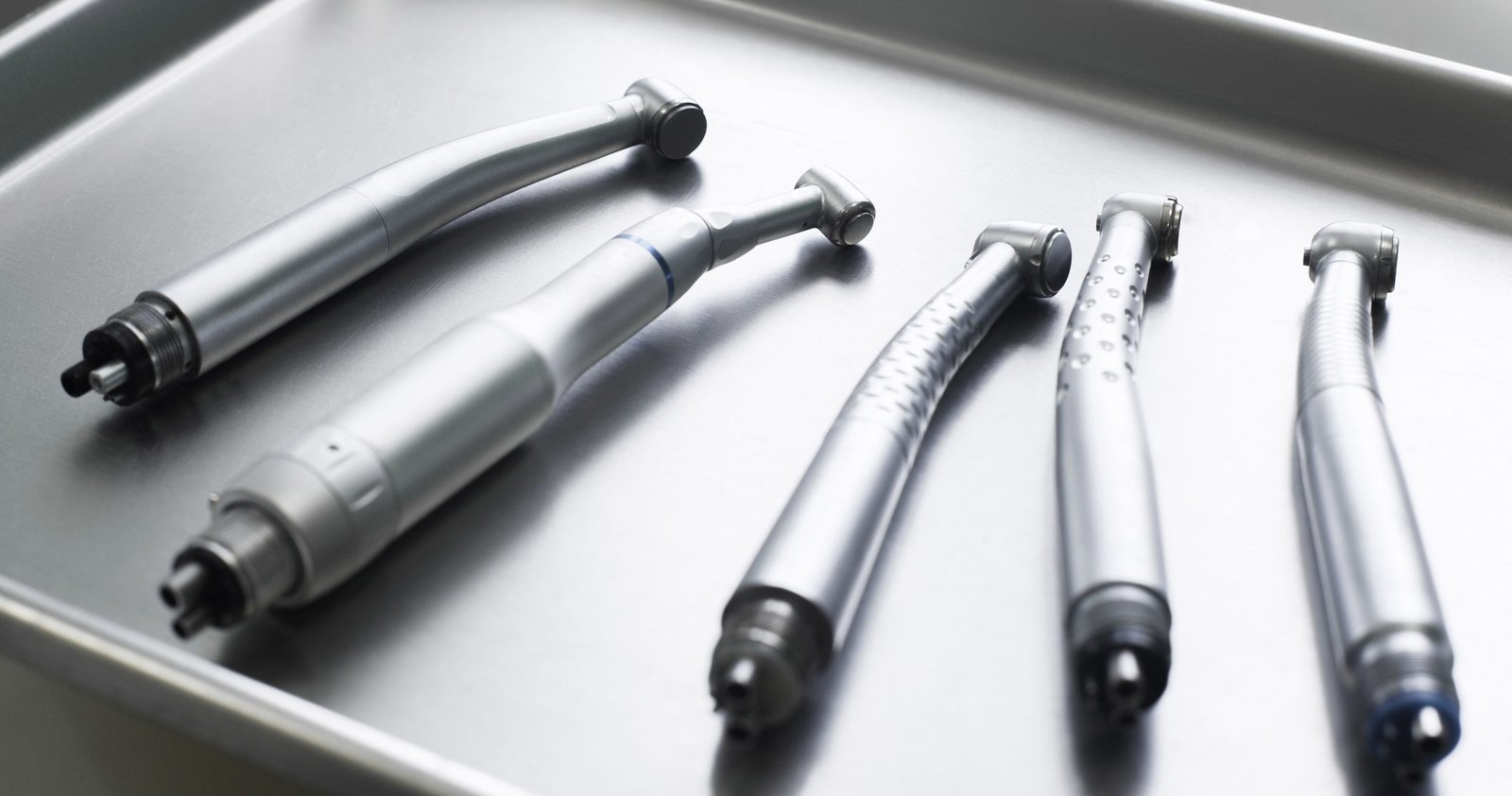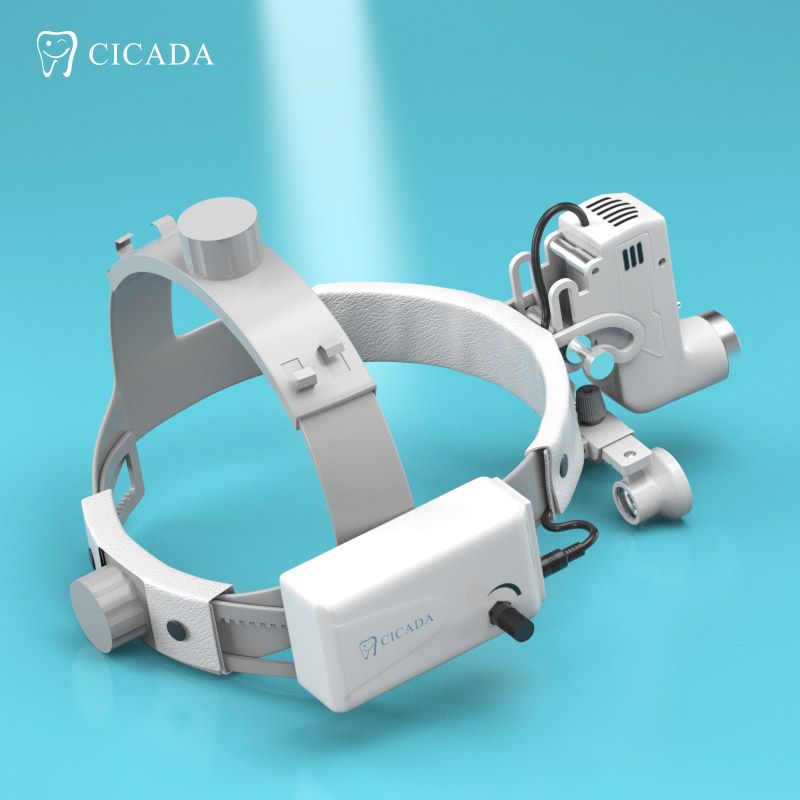Endodontic infections, a bane for many dental patients, strike at the very heart of a tooth—the pulp or root. This soft tissue, a lifeline with blood vessels and nerves, becomes a battleground for discomfort and pain when infected.
The Culprits Behind the Pain
Bacteria, those insidious invaders, can breach the pulp chamber through cavities or fractures, turning a once serene area into a site of infection. Poor oral hygiene—skipping the nightly brush or floss—ups the ante for these infections. Other accomplices include trauma, gum disease, and the silent progression of untreated cavities.
Symptoms: The Red Flags
The telltale signs of an endodontic infection are not to be ignored. Swelling, pain upon biting, temperature sensitivity, a tooth darkening in despair, and the unwelcome presence of bad breath are all red flags signaling the need for immediate dental intervention.
Navigating Diagnosis and Treatment
A dental professional, armed with tests like pulp vitality checks and X-rays, is the only one qualified to diagnose this dental nemesis. The go-to counterattack? A root canal. This procedure, far from the stuff of nightmares, involves the meticulous removal of infected tissue, aided by the precision of Cicada Medical’s endomotors and handpieces. The cleaned canals are then medicated and sealed, often crowned as the final safeguard.
The Perils of Inaction
Neglect these infections at your peril, for they can lead to tooth loss and, in dire cases, systemic complications that are no laughing matter.
Cicada Medical’s Arsenal
Cicada Medical stands at the forefront, offering a suite of advanced dental weaponry that ensures root canals are less an ordeal and more a relief. Their endomotors and handpieces are the allies of dental professionals, ensuring accuracy and patient comfort.
Prevention: The Best Defense
The adage ‘prevention is better than cure’ holds true here. Good oral hygiene, regular dental check-ups, and early detection are the trifecta for keeping endodontic infections at bay. Cicada Medical’s dental curing lights are not just tools but sentinels, detecting early decay and potentially averting the onset of infection.
Conclusion
Endodontic infections, while common, are a formidable foe that can lead to grave consequences if left unchecked. By harnessing the power of Cicada Medical’s advanced dental equipment, dental professionals can deliver top-notch care, ensuring the triumph over these infections and safeguarding the oral health of their patients.




